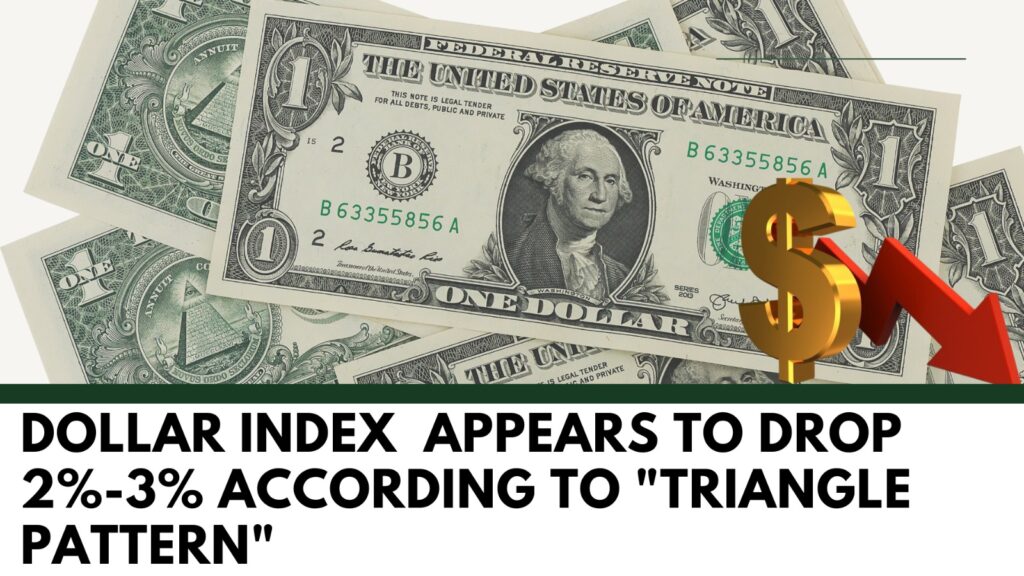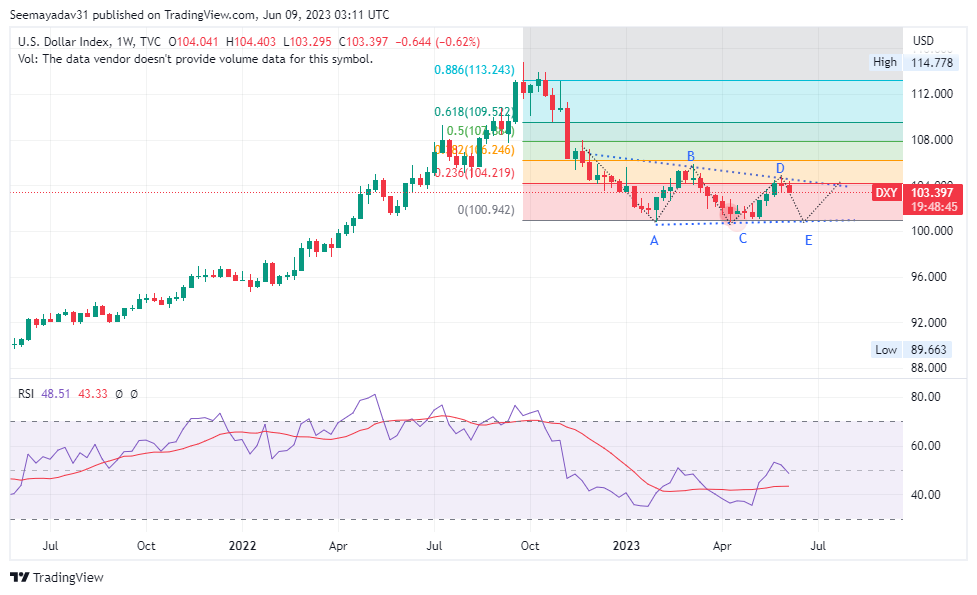
On Friday morning traders got the chance to witness the dollar retreat. This was directly influenced by low US treasury yields after a significant spike in weekly jobless claims. The recent jobless claims report that was released from the US also influenced the interest rates as the focus turned to the upcoming week packed with central bank meetings.
The US dollar has also been affected by the number of Americans filing new claims for unemployment benefits. In the past few days, this number has soared through the ceiling.
All these reasons combined were more than enough to know down the US dollar to a 2-week low against different currencies in the previous session. The US debt ceiling along with this, forced investors to analyse the market data to ascertain that the US labour market was slowing down.
The dollar index was last seen at levels of 103.41 in the Asia trade this Friday. it had lost more than 0.7% in the previous session in its largest daily decline in weeks.
With the Fed meeting around the corner, the money markets are leaning towards a pause and the fate of the dollar is to be seen.
Technical Outlook

The dollar index witnessed its biggest single-day loss since 3 May 2023. Greenback plunged below 103.40 levels and settled with a loss of 0.76%.
On the above chart, the dollar index is trading under a triangle pattern. The currency did not breach its massive resistance of 104.75. As per our previous report released on 26 May 2023, and retreated again.
The dollar index turned from legs D and moved towards Legs E. Now if it holds below 103.20, a downtrend toward 102.80-101.80 might continue, which is a 2%-2.50% potential drop.
Alternatively, any rise towards 103.80-104.20 will put pressure on the dollar index.
On the upside, a break above 104.75, will appear to jump towards 105.85 and above.
Adding to this, U.S. Fed and ECB policy is scheduled to release next week, which will bring huge volatility in entire Asian currencies. In light of conflict over whether the Fed would raise or keep interest rates.